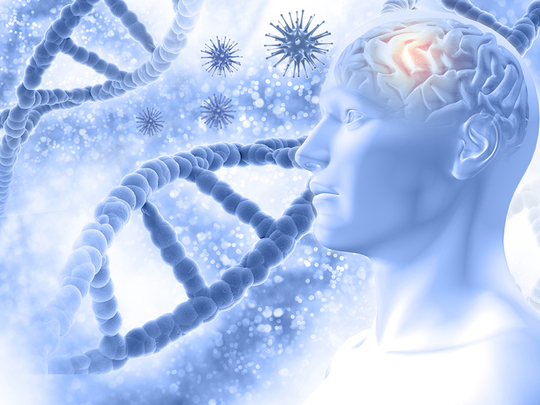
Imagine an age when neurological issues could be treated without drugs. Envisage a situation where medical professionals assess your condition and send bioelectrical impulses to the regions of the brain that are affecting your health. If you’re suffering from memory loss, bioelectrical impulses could be sent to the hippocampus, which is the region associated with memory, to make this area stronger.
Well, this age is now and this technology is already being utilised in a research environment. The technology is called transcranial stimulation and while it’s still in its infancy, its potential is something that excites experts and healthcare professionals across the world. In fact, a recent report in the journal Nature referenced the potential of the technology in the context of treating conditions such as Alzheimer’s and Parkinson’s and improving cognitive ability.
Dr Bruno Ribeiro, Head of Cognitive Development and Brain Stimulation Unit at the SHA Wellness Clinic in Spain, has been working alongside the Harvard Medical School to explore the potential of this technology. He explains how: “Our brains work with chemicals and bioelectrical impulses. You can change the chemicals with drugs such as antidepressants and benzodiazepines. What we do is modulate the frequencies of bioelectrical impulses, specifically in the zones of the brain where they need to increase or decrease.”
Dr Ribeiro believes that the bioelectrical aspect of neuroscience has been overlooked in recent years. With the exception of cases where patients suffer from seizures such as with epilepsy, neurological conditions have been treated with drugs that alter the chemicals in the brain. Recently however, the approach has changed. “Harvard Medical School started to develop new techniques and we are part of that project. What we do is change and modulate these impulses a little. Inside the brain, there are different areas that communicate using bioelectrical impulses.”
As with the brain’s bioelectrical impulses, Dr Ribeiro feels that people’s cognitive and psychological health has been overlooked in favour of addressing physical health and well-being.
“We realised that we must start to take care of our cognitive skills. Otherwise we have older people who are in great shape physically but don’t have strong cognitive skills. We need to take care of our memories, attention spans and speech.”
Non-invasive treatment
The treatments that are being tested are non-invasive and painless. A session of transcranial current stimulation will take at least one hour. “We use a helmet and we have to target the area of the brain we want to stimulate and we use conductive gel,” says Dr Ribeiro.
The team at SHA started their cognitive unit five years ago. The idea was to create an integrated model of care that considered all aspects of the patients’ health, ranging from diet and physical fitness to psychological wellbeing and cognitive ability.
A holistic approach
Although excited by the development of new technology and techniques, Dr Ribeiro and his team are still committed to traditional forms of treatments for neurological conditions such as psychotherapy.
Before any patient is treated with transcranial stimulation, they are assessed using software developed by Cambridge University. “We check your levels of anxiety, your levels of stress and assess if you have any other neural psychiatric diseases. We have traditional ways of treating neurological problems that we know work. We also have new technology that can help us achieve better results.”
Lighting regions of the brain
Transcranial stimulation isn’t the only new technology that’s changing the nature of neuroscience. Dubai Health Authority has used phototherapy, which is a form of light therapy. Dr Anwar Al Hammadi, Director of Dermatology, uses phototherapy to treat conditions such as psoriasis.
Dr Ribeiro and his team use a more advanced version of light therapy called photobiomodulation. It uses low-power lasers or LEDs for purposes such as relieving pain or stimulating cells. In a neuroscience context, Dr Ribeiro uses this on the brain. “We have a helmet that emits specific lengths of light to specific zones of your brain. We are talking about 30 minutes.”
A bright future
While Dr Ribeiro is the first to admit that he is some distance from curing neurological conditions; his combination of a holistic and technological approach to neurological treatments has been notable. “In the early stages of Alzheimer’s and Parkinson’s, we are having great results. The increase in cognitive skills is incredible.”
Presently, Dr Ribeiro believes that the technology has the ability to improve people’s cognitive abilities. It’s the long-term future though where he sees the true potential. “We will understand the information about the biological signals not only in our brains but also in our bodies. Treatments will be changes to our bioelectrical impulses and changing the information for how every cell in our bodies communicates with other cells. In the future, we will know exactly the algorithms of our bodies.”











